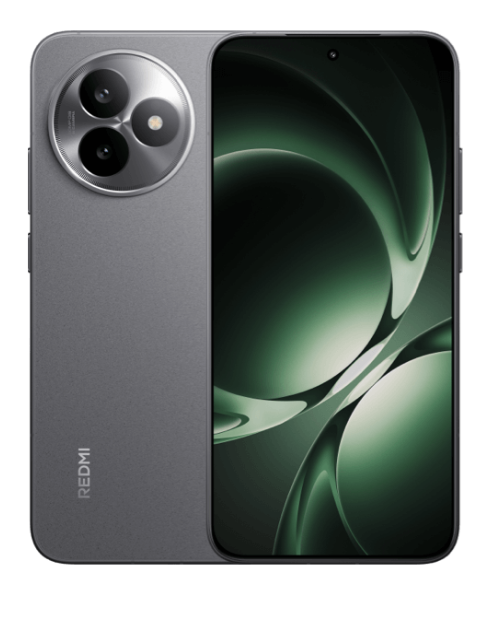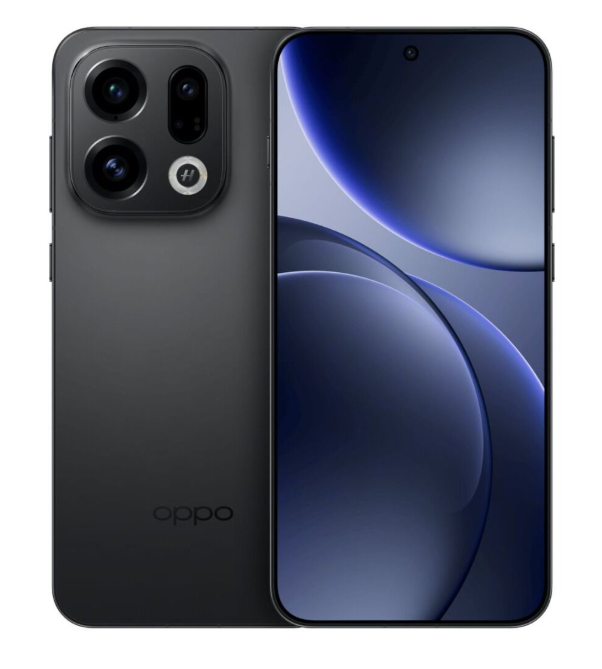China’s XPENG Shocks the World with Full-Stack Physical AI: Meet the IRON Robot and Flying Car

XPENG has taken a major step into the future of mobility and artificial intelligence with the unveiling of its latest technologies at the 2025 XPENG AI Day, themed “Emergence.” Held at XPENG Science Park in Guangzhou, the event showcased the company’s biggest achievements yet in Physical AI, including the launch of XPENG VLA 2.0, Robotaxi, Next-Gen IRON humanoid robot, and flying car systems under ARIDGE.
The event marked XPENG’s transformation from a “future mobility explorer” to a “global embodied intelligence company.”

A New Era of Physical AI
Chairman and CEO He Xiaopeng opened the event by explaining XPENG’s vision for the coming decade. He said that just as AI revolutionized the digital world and electricity replaced oil in the physical world, the next revolution will come from the combination of both, Physical AI.
XPENG is now the only company in China to have built a full-stack self-developed Physical AI system, covering chips, large AI models, and intelligent hardware. This system will serve as the technological backbone for its AI cars, Robotaxis, humanoid robots, and flying vehicles.
He Xiaopeng announced XPENG’s upgraded identity as “a mobility explorer in the Physical AI world and a global embodied intelligence company.”

XPENG VLA 2.0: Redefining Large Models for the Real World
One of the biggest highlights of the event was the unveiling of the XPENG VLA 2.0 large model, described as the “operating system of the Physical AI world.”
Unlike traditional models that depend on language translation, VLA 2.0 follows a “Vision–Implicit Token–Action” structure. This allows the model to generate direct actions from visual signals, enabling true end-to-end intelligence.
The model can perform self-learning and understand the real world, making it adaptable across different platforms, from cars to robots to flying vehicles. With 72 billion parameters, trained on 100 million driving clips (equal to 65,000 years of human driving), it’s one of the largest and most advanced models ever created.
XPENG’s powerful 30,000-GPU cloud cluster and optimized software allow VLA 2.0 to run efficiently, even on vehicles. The model brings features like “Narrow Road NGP”, which improves performance in complex urban environments by 13 times, and gesture recognition for real-world interaction.
VLA 2.0 will begin user testing in December 2025 and roll out to XPENG Ultra models in early 2026. XPENG also announced that the model will be open-sourced globally, with Volkswagen as the first launch partner.

Robotaxi: China’s First Full-Stack Self-Developed Autonomous Taxi
XPENG also revealed its Robotaxi, China’s first fully self-developed, mass-producible autonomous taxi. The Robotaxi is powered by four Turing AI chips with a combined computing power of 3000 TOPS, the highest in the world.
It relies entirely on pure vision, removing the need for lidar or high-definition maps. Designed for driverless operation, it features a dual-redundancy system for safety and integrates XPENG’s VLA 2.0 and VLM models for real-time decision-making.
The Robotaxi includes the industry’s first sun visor external display, allowing it to “communicate” with pedestrians through visual signals.
XPENG also introduced a new intelligent trim called “Robo”, launching in 2026. It shares the same technology as the Robotaxi but is built for personal use. The company plans to open the Robotaxi SDK for global collaboration, with Amap (Alibaba’s mapping platform) as its first global ecosystem partner.






Next-Gen IRON: The Most Human-Like Robot Yet
Another major launch was XPENG’s Next-Gen IRON humanoid robot, featuring 82 degrees of freedom, bionic muscles, a flexible skin, and a humanoid spine. It even supports custom body designs and performs graceful, catwalk-style walking.
Powered by three Turing AI chips with 3000 TOPS, it combines three large models, VLT, VLA, and VLM, to achieve high-order intelligences like conversation, movement, and interaction.
XPENG emphasized “extreme anthropomorphism” as its design philosophy, aiming to make robots more adaptable to real-world scenarios. The Next-Gen IRON also features all-solid-state batteries, offering lightweight and safe performance.
A new “Fourth Law of Robotics” was introduced: “Privacy data does not leave the robot.”
XPENG plans mass production by the end of 2026, starting with applications in industries such as retail, tourism, and factory inspection. Baosteel Stock will partner with XPENG to deploy the robots in industrial settings.




ARIDGE Flying Cars: Expanding into Low-Altitude Mobility
XPENG’s flying vehicle division, ARIDGE, showcased two parallel systems for low-altitude travel:
- A868 Full Tiltrotor Hybrid Flying Car: a 6-seater business model capable of 360 km/h speeds and 500 km range.
- Land Aircraft Carrier: a personal flying vehicle designed for short-range travel, already nearing mass production with 7,000 global orders.
The Land Aircraft Carrier includes an intelligent cockpit and a single-stick four-axis control system, making it easy for beginners to fly. Production has already begun at XPENG’s new flying car factory, capable of producing one aircraft every 30 minutes.
In 2026, ARIDGE will collaborate with the Dunhuang Government to launch China’s first low-altitude self-driving tourism route.

XPENG Science Park: Where Innovation Meets Collaboration
The event was held at XPENG Science Park, home to over 10,000 employees working across AI, robotics, cars, and aviation. The company says its multidisciplinary teams are driving daily innovations that fuel the emergence of Physical AI.
Looking ahead, XPENG will begin mass production and rollout of its AI-driven mobility products from 2026, paving the way for a new era where cars, robots, and flying vehicles coexist under one intelligent ecosystem.
XPENG’s message is clear: The future of mobility is not just smart, it’s embodied. With its breakthroughs in Physical AI, the company is positioning itself at the forefront of a global transformation that blends intelligence with motion, bringing tomorrow’s innovations into today’s world.
The post China’s XPENG Shocks the World with Full-Stack Physical AI: Meet the IRON Robot and Flying Car appeared first on Gizmochina.





